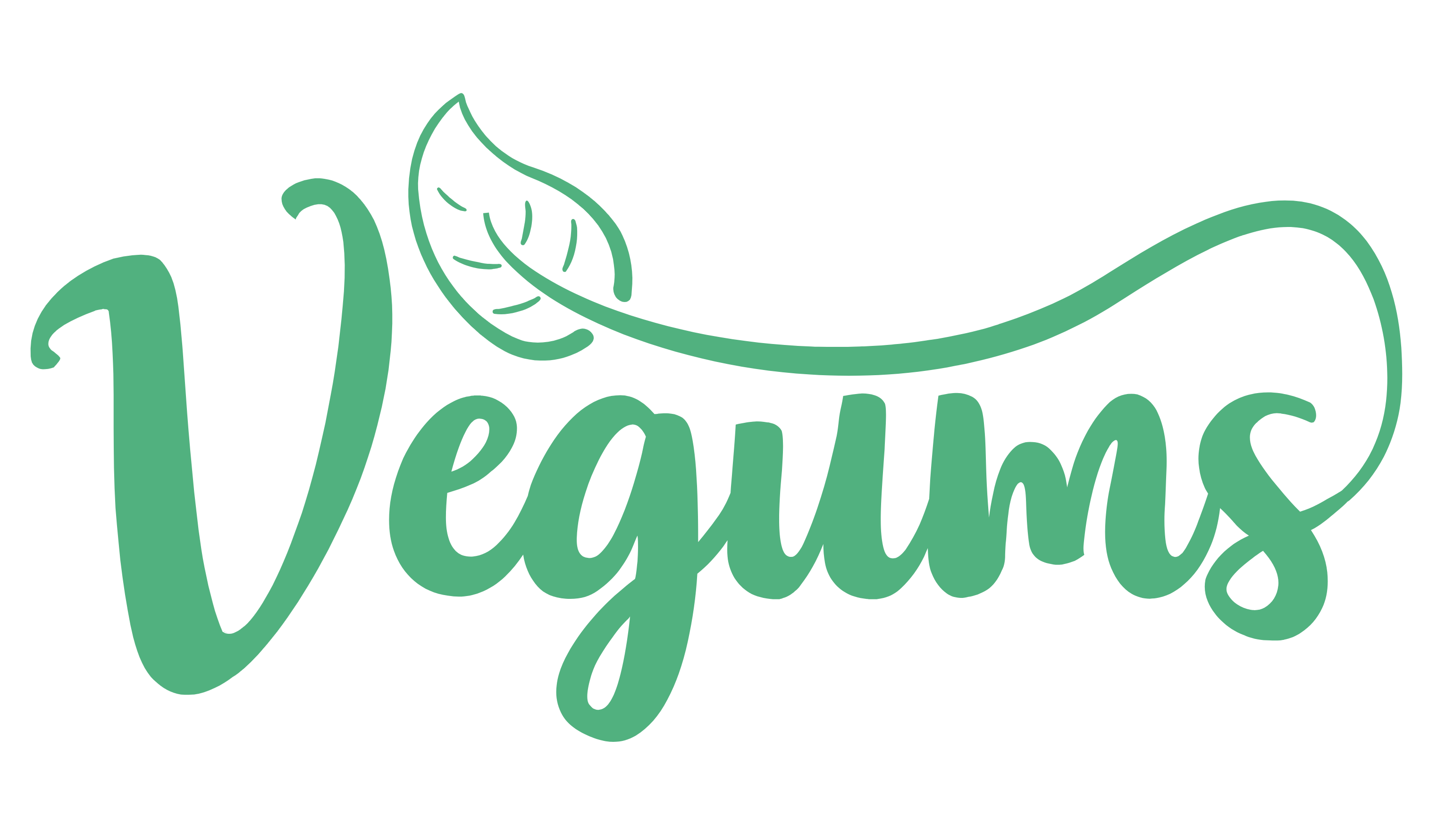
Switching to a vegan diet is currently the best thing a person can do to reduce their CO2 emissions, reduce the damage being done to the environment and begin to stop climate change.
‘A recent study by the University of Oxford found that cutting meat and dairy products from your diet could reduce your CO2 emissions by 73%.’
If everyone stopped eating meat and dairy, they found that global farmland use could be reduced by 75%. To put that percentage into perspective, that’s about the size of the US, China, Australia and the EU combined together.
This wouldn’t just put a stop to greenhouse gas emissions, it would also free up the vast wilderness that has been stolen by agriculture, the primary reason for the cause of mass wildlife extinction. So next time a pesky carnivore says to you if we stop farming cows they’ll go extinct, they are the cause of other animals’ mass extinction.
P.S, cows were here before we started farming them.
Reduces your water usage and pollution
Adopting a vegan or plant-based diet is the most efficient way of saving water. This is due to plant foods requiring way less water to produce than animal products.
If you’re in need of an easy switch to start saving water, think about moving to soy milk instead of dairy in your tea or breakfast.
‘It takes roughly 880 – 1000 gallons of water to create 1 gallon of milk.[1]
Soy milk, which offers similar nutritional value only requires 208 gallons of water.’
Over in the US, it is estimated that the 8 billion livestock animals being raised are using over half of the water consumed in the country. This comes from the water they consume and the water needed to grow food for the animals to eat. This is a huge amount of water being used that could go to growing the food we eat, instead of the food our food eats.
The production of livestock also pollutes the surrounding waterways with excrement and chemicals including antibiotics. This excess level of excrement and chemicals in the water are the cause of algal blooms, which in turn end up killing fish due to the oxygen being depleted in the water.

Save grain:
Going vegan doesn’t just mean helping the environment by not eating animals that produce a high CO2 level. It also means you cut out the middle man in terms of food production.
40% of the grain we grow is to feed livestock. So what if instead of growing grain for animals, we could grow fruit and vegetables for us, the humans! With each person who adopts a vegan diet, it shifts what the farmers are going to grow. Instead of growing grain for livestock, farmers will shift to growing food that directly goes onto our plate, instead of becoming the food our food eats.
Reduce energy consumption
Raising livestock requires a lot of energy. It takes a long time to raise them and consume food that was grown on land that could have been put to better use.
Meat products have to be shipped and while being shipped, refrigerated. It takes time to process the meat from the slaughterhouse to your plate. Plant-based foods can be grown with far less energy, saving on power consumption and saving on CO2 output. Plant-based foods such as mushrooms are now being grown rapidly in the UK, using little energy and the process from growth to plate is quick, cutting down on transportation costs.

Looking for some easy ways to go vegan?
Follow our blog post below to get started and start helping reduce your impact on the environment:
https://vegums.com/vegan-journey-top-tips-for-going-vegan/
——–
Overfishing is a huge problem in our oceans, but omega 3 is a vital part of our diet. It contributes to eye health, brain health, and fatty acids can even improve your cardiovascular health.
As we want to do everything we can to help save our planet, we’ve created fish-free omega gummy bears. They get their omega 3 content from sustainably-sourced algae, meaning the fish can happily keep swimming around our oceans.
Sources:

